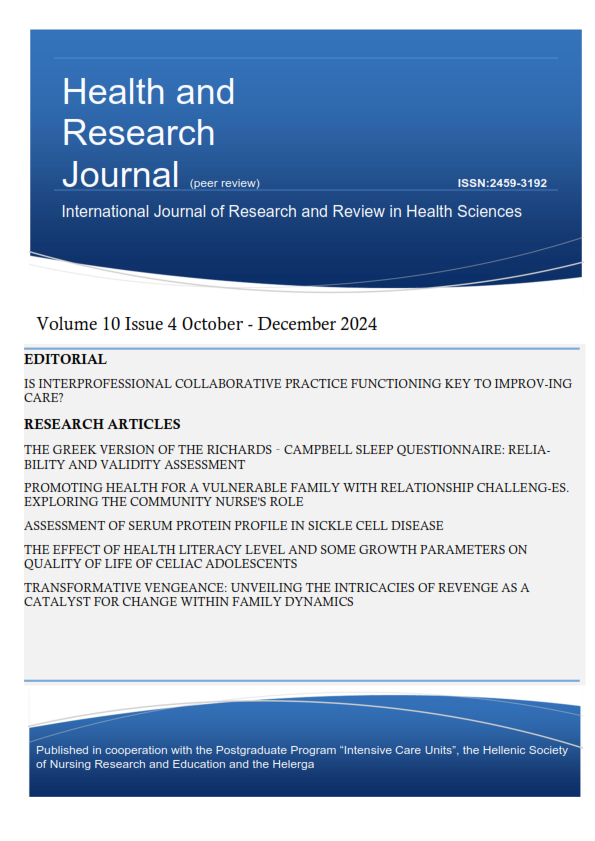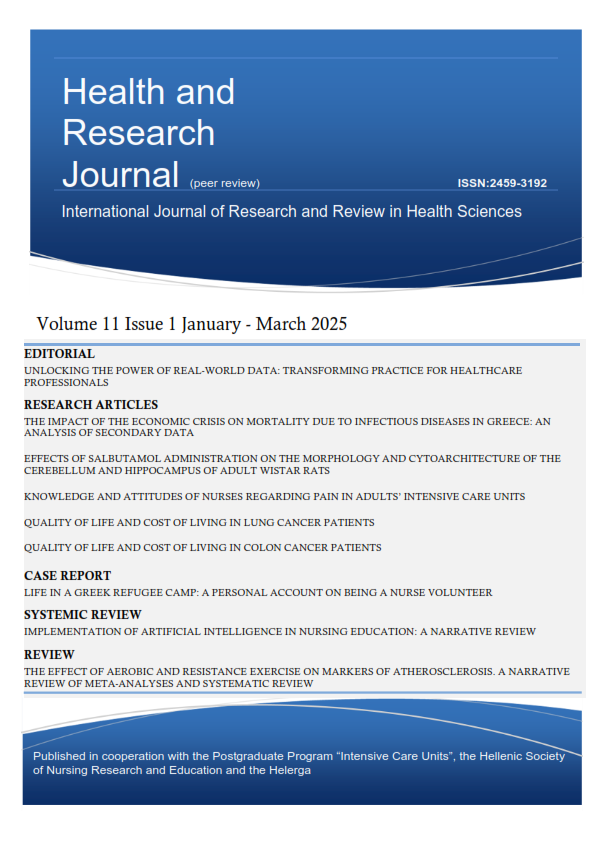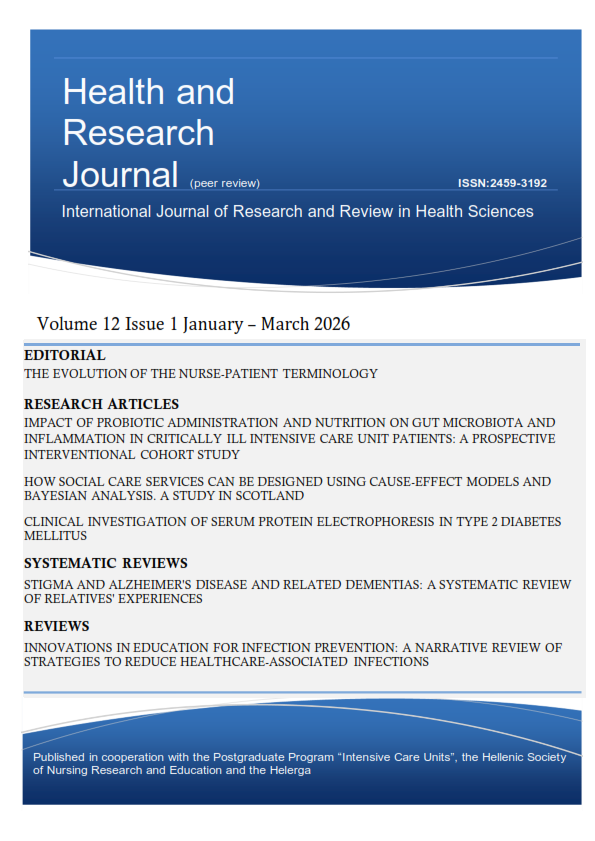Assessment of serum protein profile in sickle cell disease

Abstract
Background: Sickle Cell disease (SCD) is known to be caused by a mutation in the beta-globin gene of the hemoglobin that affects the red blood cells (RBCs) and is passed down through generations. This study was carried out to determine the effect of sickling of RBC on serum protein profile in SCD individuals.
Methods: A case-controlled study was carried out among 80 patients. They were forty-five sickle cell disease individuals (HbSS) attending Children Specialist Hospital Ilorin and thirty-five healthy controls (HbAA). The levels of total protein and albumin were determined spectrophotometrically and serum protein electrophoresis (SPE) was carried out using cellulose acetate electrophoresis.
Results: Significant hypoalbuminemia and hypergammaglobulinemia were observed in SCD groups compared with controls. A higher proportion of the SCD group, 11(25%) had hypergammaglobulinemia and 21(49%) had hypoalbuminemia (P<0.05). Plasma protein electrophoresis in SCD patients shows an intense colour at the gamma region which was not seen in control. There was a significant relationship between the patterns of serum protein electrophoresis and the frequency of crisis.
Conclusions: Sickle cell disease crisis and other associated underlying conditions may be prevented early through assessment of serum protein profile, especially SPE. Hypergammaglobulinemia and hypoalbuminemia may be associated with frequent episode of crisis.
Article Details
- How to Cite
-
Ibrahim, M., Yakub, H. A., Garuba, W. O., Ogunniyi, T., Lawal, A. Z., Adunmo, G. O., Ogunwale, K. A., Busari, A. O., Popoola, A. N., Eleha, S. I., Nuhu, A., & Ibrahim, M. (2024). Assessment of serum protein profile in sickle cell disease. Health & Research Journal, 10(4), 245–254. https://doi.org/10.12681/healthresj.36006
- Section
- Original Articles
Copyright notice:
The journal "Health and Research Journal" reserves the rights for copyright of the content of the website and also the copyright of the articles published.
By virtue of their appearance in this journal, the articles are free to be used for non-commercial purposes. However, the articles cannot and must not be used in anyway, published elsewhere or modified without any reference to the author and the first publication of the article.




